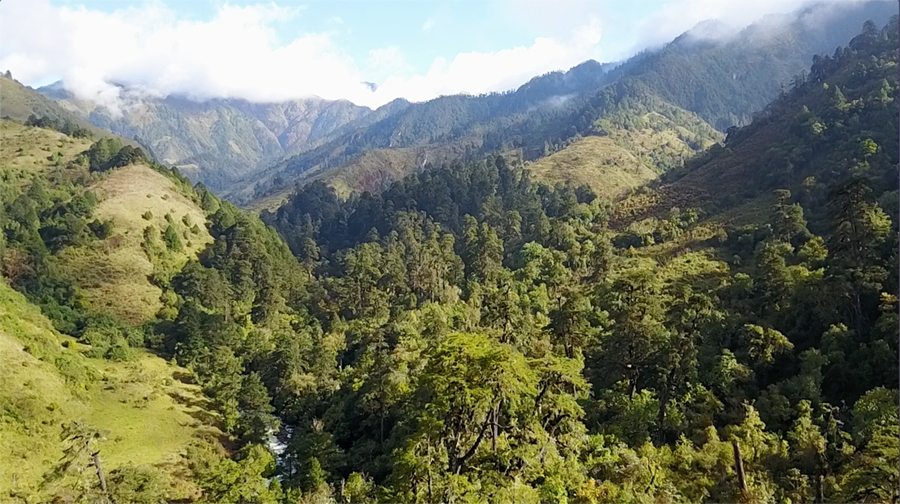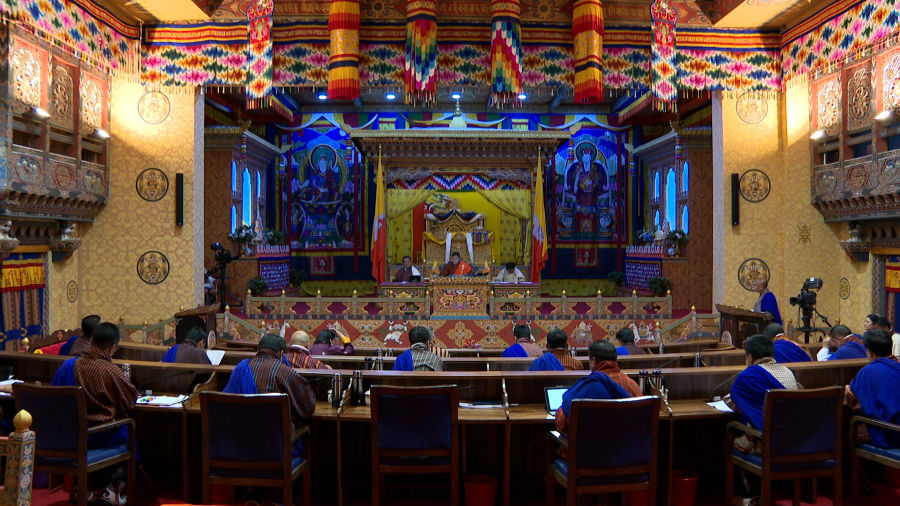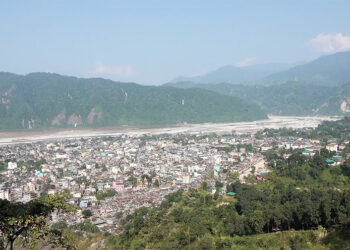 Bhutan’s nearly 70 per cent forest cover’s contribution to GDP remains low. Only five per cent of forest areas are under commercial management. These findings were presented during the introduction of the Review Report on Forestry Sector Contribution to the GDP in the National Council today. Members raised concerns over unaccounted contributions from sectors such as eco-tourism and hydropower, which significantly benefit from forestry.
Bhutan’s nearly 70 per cent forest cover’s contribution to GDP remains low. Only five per cent of forest areas are under commercial management. These findings were presented during the introduction of the Review Report on Forestry Sector Contribution to the GDP in the National Council today. Members raised concerns over unaccounted contributions from sectors such as eco-tourism and hydropower, which significantly benefit from forestry.

Introducing the review report, the chairperson of the Natural Resources and Environment Committee said the assessment was aimed at evaluating the forestry sector’s contribution to GDP and identifying ways to add more value to the sector.
According to National Statistics Bureau data, the forestry sector contributed only 2.48 per cent to the GDP in 2023.
He also highlighted key challenges, including export barriers, illegal timber trade, limited trade routes, and a lack of standardisation in timber products.
Recommendations include reforms in forestry and export policies, digitalisation of timber trade and promotion of public-private partnerships for post-harvest infrastructure. Establishment of forest-based industrial clusters, and national certification for wood products were also proposed.
During deliberations, members raised several concerns. For instance, Zhemgang’s MP pointed out that tourism-related activities tied to forestry are not reflected in the sector’s GDP contribution.
Tshering Tshomo, MP, Zhemgang, National Council said “Entry fees, sustainable development fees, bird watching fees are linked with forestry and parks. But the issue is that the GDP contribution from these are not accounted for in the forestry sector. Instead it is accounted for in other economic sectors.”
To this, committee member Ugyen Tshering said there is an unaccounted variable to GDP.
Ugyen Tshering, Committee Member of Natural Resources and Environment Committee said “Till now, only wood based and non-wood-based products are accounted for contribution to the GDP. For instance, other services and fees like SDF, bird watching and homestays are although mostly provided by the forestry sector, the contribution to the GDP has been accounted to other sectors.”
He added that the forestry department and the National Statistics Bureau are currently working to sign an MoU that will ensure better classification and accounting of forestry-linked incomes.
Another MP raised concerns about unclear classifications.
Tshewang Rinchen, MP, Samdrup Jongkhar, National Council said “It would be great if there were clear classifications of different incomes from the forestry sector such as classification of wood-based and non-wood-based income.”
The committee member highlighted that the contribution from the hydro sector is also unclear.
Committee Member Ugyen Tshering said “As a result of properly maintained watersheds and forests, the hydro sector is benefited. In the past, I heard that around 1 to 2 per cent of the net profit should be given to the forestry sector. However, there is no clarity. So, we did not mention it in the report.”
He added once the MoU is signed, there will be clarity and the contribution from the forestry sector to the GDP will rise.
The report also includes that the Department of Geology and Mines took over the management of sand and boulders, which previously contributed significantly to the forestry sector.
The house will continue the deliberation on Monday.
Devika Pradhan/Sangay Chezom
Edited by Kipchu









